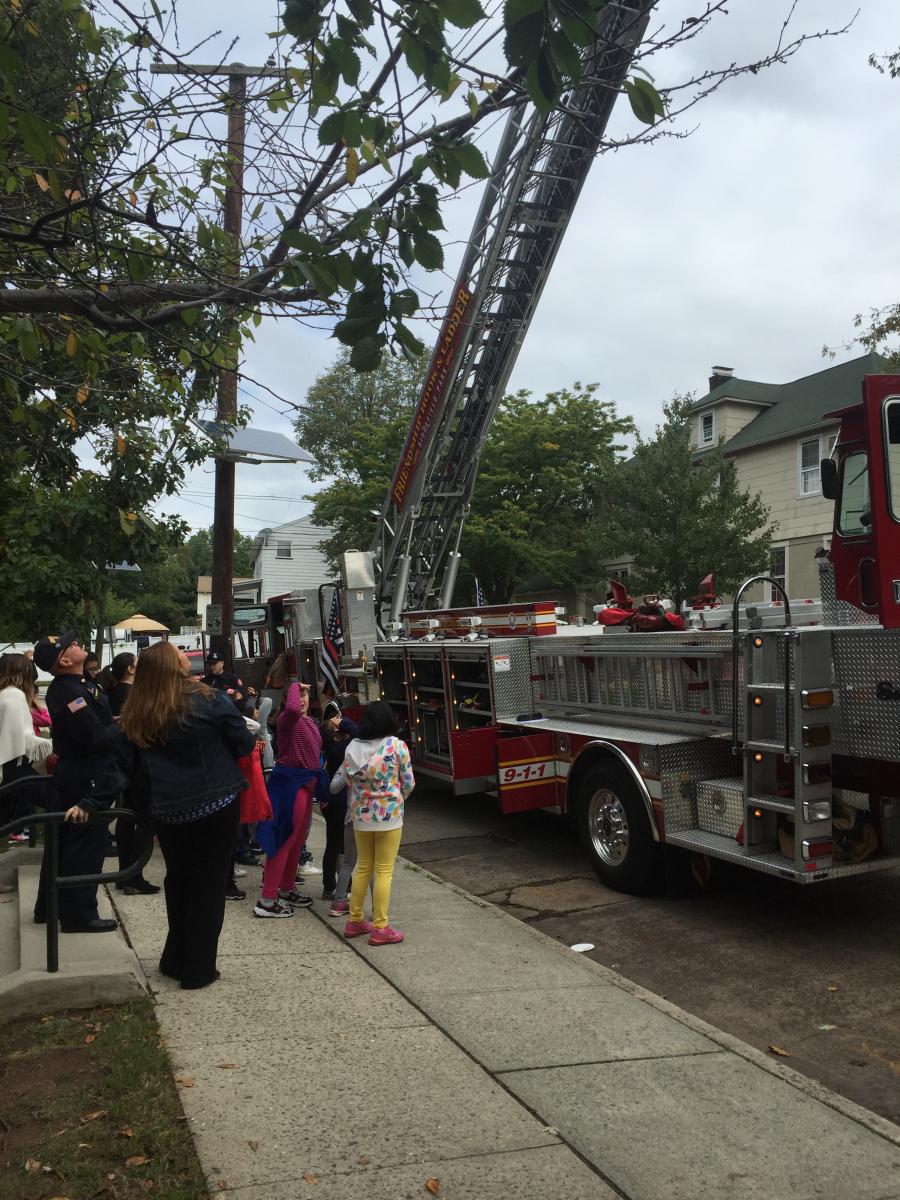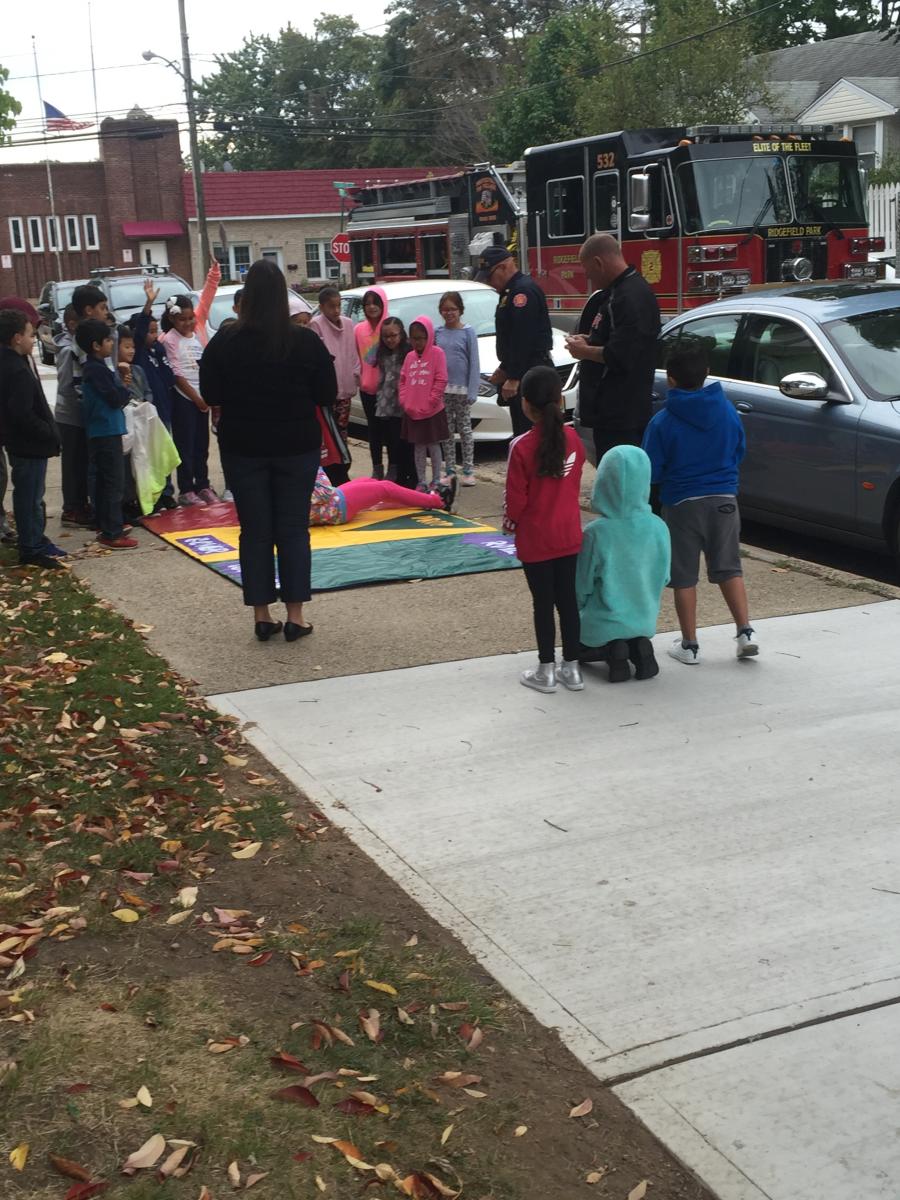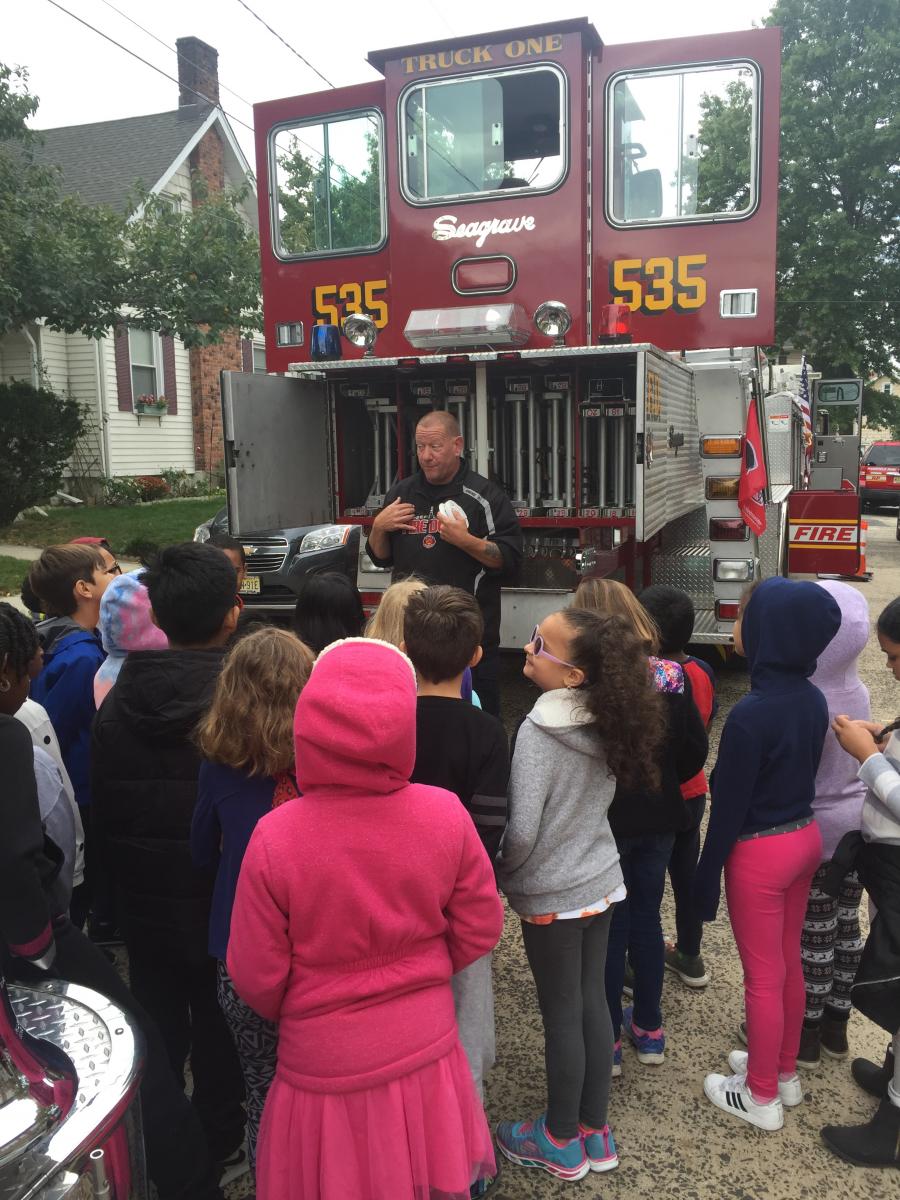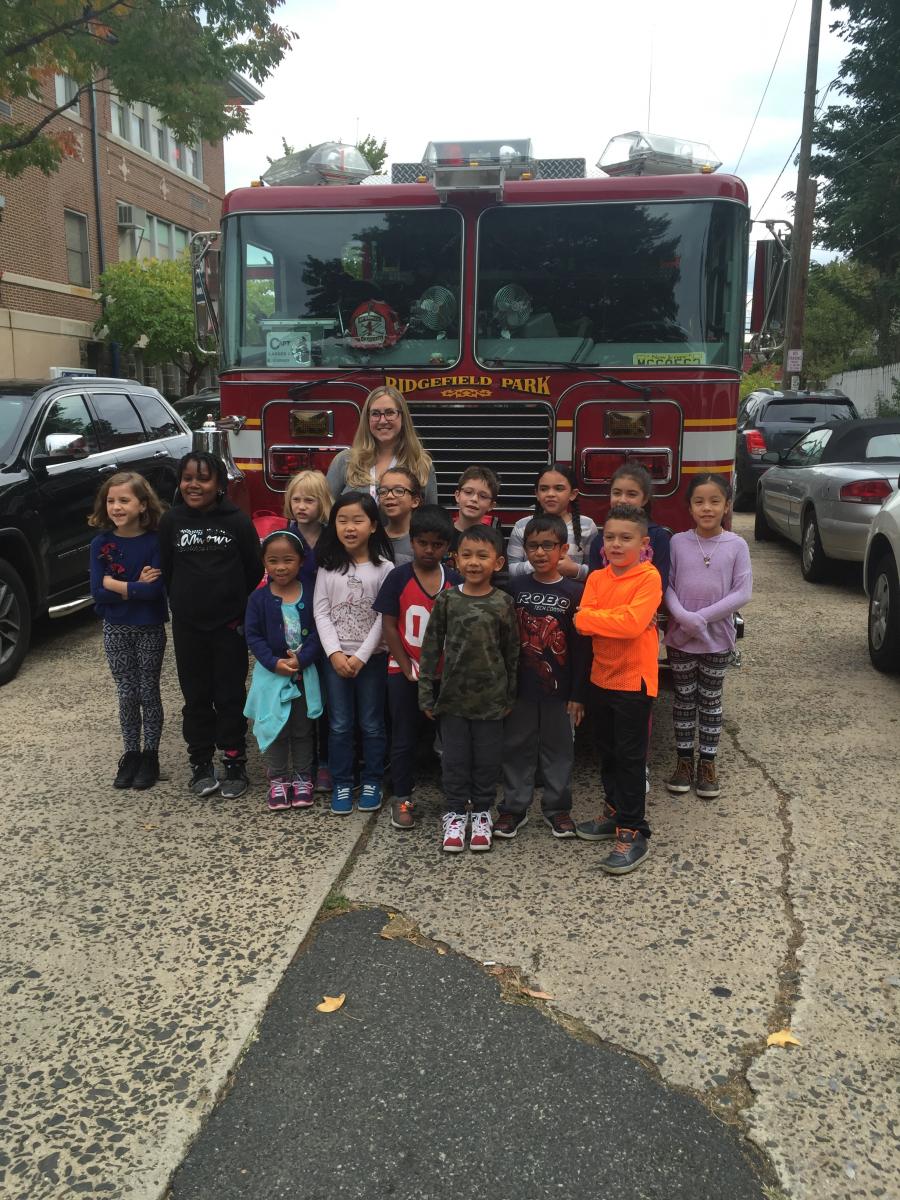Fire Prevention
History
The first Village Ordinance creating the position of Fire Marshal, was passed by the governing body in October 1914. The Ridgefield Park Fire Department would, from that point on, enforce fire prevention codes with the department's First Assistant Chief serving as the Fire Marshal.
This procedure remained in effect until 1972, when the members of the Fire Department voted to elect a Fire Marshal from the ranks, who would not be one of the Chiefs. The work load of the Chiefs and Fire Prevention Bureau justified such a change.
The first Fire Marshal under the new system was Douglas Hansen, who, after 24 years of dedicated service as Fire Marshal, retired in 2017.
In 1981, following tragic multiple deaths in Keansburg and Bradley Beach, NJ, the State of New Jersey created a Fire Safety Study Commission to examine existing fire safety standards and recommend improvements. The Commission's recommendations were enacted into law in 1983 as the Uniform Fire Safety Act.
One of the requirements of this Act is that all Fire Inspectors and Fire Marshals, working in the State of New Jersey shall be trained and licensed by the State. The State has also adopted a Uniform Fire Code which shall be enforced by every community in the state. Should a municipality decide not to enforce the regulations, the state will take over the responsibility in that town.
Change of Occupancy
Before any change of occupancy, in any residential dwelling unit, a Certificate of Compliance must be obtained from the Building Department.
All residential occupancies are now required to have Carbon Monoxide Detectors installed as well as Smoke Detectors, before a certificate can be issued.
Selling or renting a dwelling unit, without the required Certificate of Compliance shall result in a Municipal Court Summons or an Administrative Penalty, or both.
As per N.J.A.C. 5:70-4.19(d), of the New Jersey State Uniform Fire Code, effective immediately, CARBON MONOXIDE DETECTORS are required to be provided in the immediate vicinity of all sleeping rooms of all residential structures containing fuel burning appliances or have attached garages.
EXISTING BUILDINGS - Before any change of occupancy may take place, a Certificate of Smoke Detector and CO Detector Compliance shall be obtained from the Village Building Department. An inspection will be made, by a State Licensed Village Inspector. This inspection, as per Village Regulation, Chapter 88, shall also confirm that the structure is occupied in accordance with the Village Zoning Ordinance.
- CO Alarms are permitted to be battery powered, hard wired, or plug in type.
- If installing an electrically operated device, the AC power source is required to be supplied from either a dedicated branch circuit or the unswitched portion of a branch circuit also used for power and lighting. Operation of a switch (other than a circuit breaker) or a ground fault circuit interrupter is not permitted to cause a loss of power to the alarm.
- The alarm may be located on the wall, ceiling or other location as specified in the manufacturer's information instructions.
- The device is required to be supported independently of its attachment to wires.
- For alarms installed in the vicinity of sleeping rooms, the alarm notification appliance is required to be clearly audible in all bedrooms over background noise levels and with all intervening doors closed. Alarms shall be no further than 10 feet from all sleeping areas.
Today's Bureau of Fire Prevention
The position of Fire Official / Fire Marshal, for the Village is now a paid municipal job, in accordance with the state regulations.
The Village ordinance was changed and the entire Bureau of Fire Prevention was reorganized as a municipal bureau. Previously, as a Fire Department bureau, the Fire Marshal answered to the Fire Chief. However, since the new regulations require the Fire Marshal to be a licensed professional and a paid municipal employee, the feeling was that the volunteer Fire Chief, who changes every year or two, should not be his boss. Under the new ordinance, the Fire Official / Fire Marshal reports to the Village Board of Commissioners.
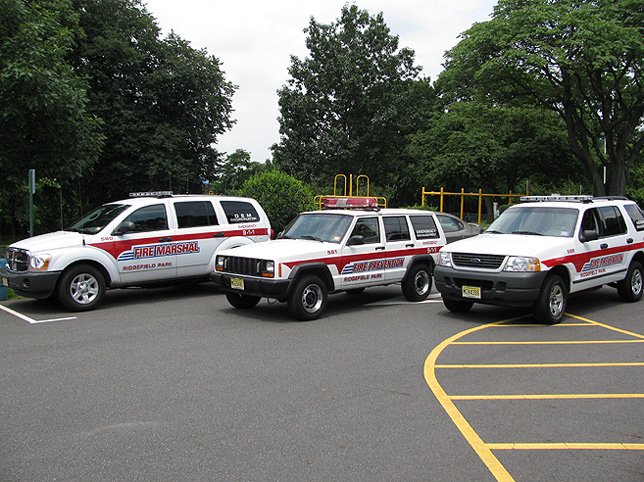
Fire Prevention & OEM vehicles
Bureau Employees
The present employees of the Ridgefield Park Bureau of Fire Prevention are:
Peter A. Danzo - Fire Official
Part-time Fire Inspectors for the Bureau are Carl Dettloff and Richard Cravello.
The Bureau secretary is Michele Lynn.
Inspections
The State Uniform Fire Safety Act mandates that all structures, with the exception of owner occupied one and two family homes, are inspected a minimum of once a year.
The Ridgefield Park Bureau of Fire Prevention makes over 2,000 inspections a year, including re-inspections. Numerous complaints are also followed up with a response from either the Fire Marshal or an Inspector.
The Fire Marshal also enforces fire lane violations, in cooperation with the Police Department.
Investigations
In accordance with the State Regulations, the Fire Marshal is responsible for investigating the cause and origin of all fires. There is 100% team work and cooperation between the Fire Department, the Fire Marshal and the Police Department, which has accounted for an excellent record of determining the exact cause of the fires occurring in the Village.
Public Education
The Bureau provides a public education program to all local organizations and the Village School system.
The Bergen County Fire Academy's fire safety house is used to train all students from kindergarten through the fourth grade, on a yearly schedule. By the time a student enters fifth grade, he or she will have been through the house five times. The Bureau then provides additional programs to the older students.
The public education program will be expanded to include more visits to local schools and volunteer organizations.
Photos



